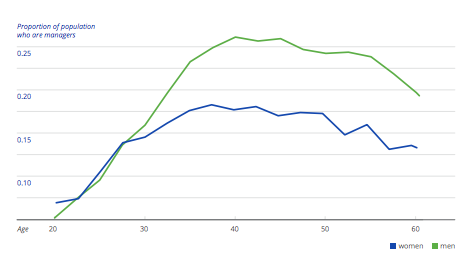I’ve been a Monster customer for at least fifteen years. I’ve used Monster in four different companies that I’ve worked for. I also use (or have used) CareerBuilder, LinkedIn, Indeed, and Dice. So, I’ve got experience dealing with large spends on the Job Board side.
Having a presence on Job Boards is part of almost every recruiting strategy that’s out there, it’s one place most organizations need to be, I truly believe that. If you’re not, you’re going to miss a pool of talent.
For those who don’t know Monster was purchased this week by multi-national staffing and RPO firm Randstad. I’m not going to speculate on why Randstad would buy Monster, but there’s no doubt Monster had a ton of data and clients that a staffing firm would find desirable.
My question is why did Monster lose out in the Job Board Wars?
In the big Job Board game, there are really only three players: CareerBuilder, LinkedIn, and Monster. Dice and a bunch of niche players in that category will always be around if they can actually attract talent to their niche. Here is the reason I think Monster couldn’t keep pace with CB and LI:
The Sales Team: Flat out job boards need to sell job postings, resume database memberships, branding opportunities, etc. CB and LI are modern day sales sweatshops! Monster barely recognizes I’m a customer and a fifteen-year customer. I know three levels of CB sales people on my account. I can’t tell you the last time I even got an email or call from Monster! LI is similar to CB. They constantly hawk me to buy. In a game of three, the ones who can outsell the others will win.
At least quarterly I sit down live or on a call with my CB rep to take a look at metrics and how my team is utilizing their platform. Did I mention I never get a call from Monster? During these calls with CB I get numerous suggestions on how we can get better. Many times they’re trying to upsell me for more product, sometimes that works.
I get contacted from LI at least six times a year on various solution selling types of things for my business. I get invited to webinars constantly. The CRM machine for LI is strong. A little different than CB, which is more high touch, but LI’s selling automation is relentless. As is Indeed’s. Indeed is another player in this game that has made all the job board players up their game. Their sales team took a page right out of CB’s selling book. I get at least a call a month from CB.
I got one call from Monster last year. It was to renew my contract. The call came from a person who I didn’t know and who didn’t know who I was or my business.
You can have the best brand (and I would argue of all the job boards Monster has the best brand), the best technology and the coolest stuffed animals to give away, but if you don’t sell, you’re going to get bought by a staffing firm for pennies on the dollar of what you really could be worth.

